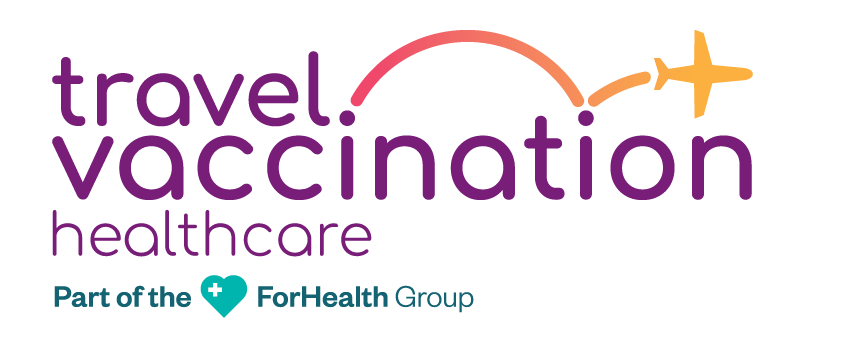What is Rabies?
Rabies is a viral disease of animals which may be transmitted to humans through bites from the saliva of the infected animals, usually dogs, cats or monkeys. In humans, the disease is almost 100% fatal.
Travellers should assume all mammals are rabies carriers, especially in the high endemic areas, like South East Asia, Mexico, Central and South America and Africa.
The symptoms typically start 2–8 weeks after the bite (it can be as long as 10 years). Symptoms include fever, headache, vague sensations at the bite site, weakness, paralysis, spasm of swallowing muscles, delirium, and convulsion. Death often occurs in less than a week due to paralysis of breathing.
There is no cure of the disease. Prevention through immunisation and suitable rabies vaccination however, is very effective.
